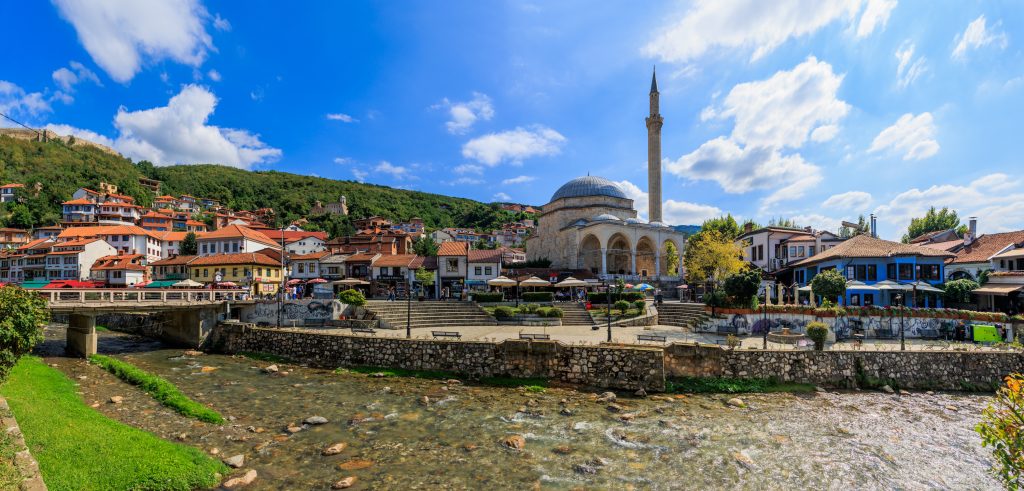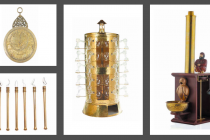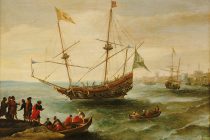Could Kosovo become a top travel hotspot for British Turks looking for a weekend away? With direct flights between London Luton Airport and the Kosovan capital Prishtina taking a little over 3 hours, this is now a real possibility.
Europe’s youngest country has plenty that may be familiar to a person with Turkish roots, connections or interests. Having both once been part of the Ottoman Empire, Kosovo and Turkiye share common culture, history, heritage, and cuisine that will resonate warmly with Turks and Turkophiles.
Familiar flavours
Kosovo is home to plenty of dishes – both sweet and savoury – that a person who has spent time in Turkiye could easily recognise. Here’s just a few.
Starting with snacks, simit, the sesame-covered bagels that were included in the Oxford English Dictionary back in 2019, are enjoyed in Kosovo too. Largely Albanian-speaking Kosovans, however, know the bagels as “gjevrek” similar to “gevrek” the preferred word for simit used in Turkiye’s Aegean city of Izmir.
Then there’s the kebabs! Visitors to Kosovo can enjoy Balkan-style kebabs known locally as “qebapa,” sometimes for as little as €2-€4.
Qebapa includes grilled meatballs wrapped in flat bread, sometimes with onions, and ajvar – a sweet bell pepper and aubergine sauce. The meatballs closely resemble the inegöl köfte associated with the Turkish city of Bursa.
While kebabs are largely thought to have arrived in the Balkans with the Ottoman Empire, meatballs of the kind eaten in qepaba and inegöl köfte, are said to have travelled in the other direction, coming to Anatolia from the Balkans in the nineteenth-century.
There’s something sweet on the menu too. Visitors to Kosovo can polish off their meals with classic desserts that also date back to Ottoman times, from three-milk cake or trilece, enjoyed across Turkiye and the Balkans to that all-round family favourite baklava, this time made with walnuts instead of pistachios.
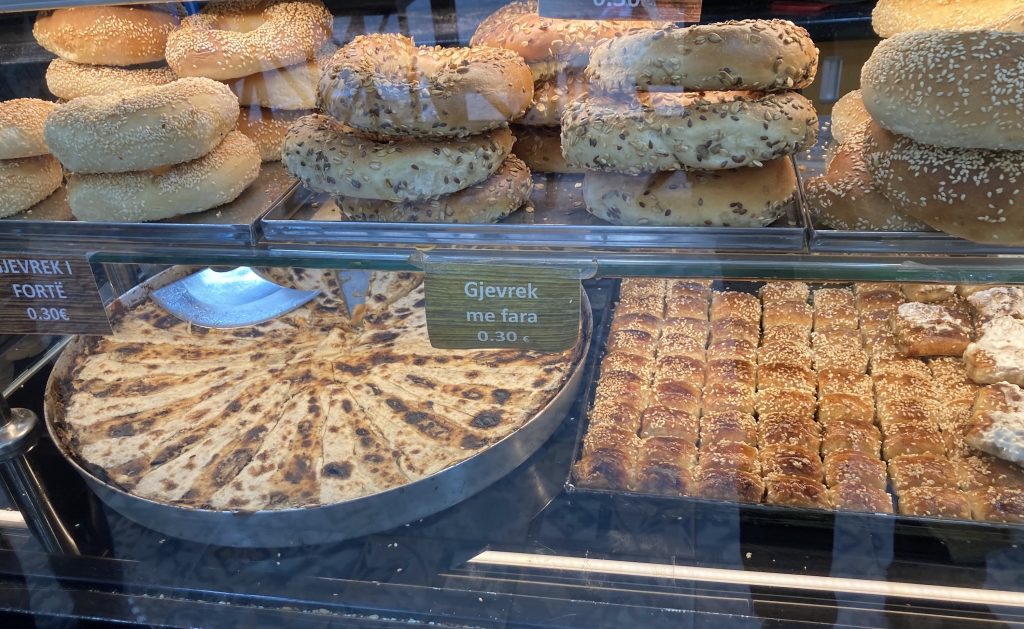
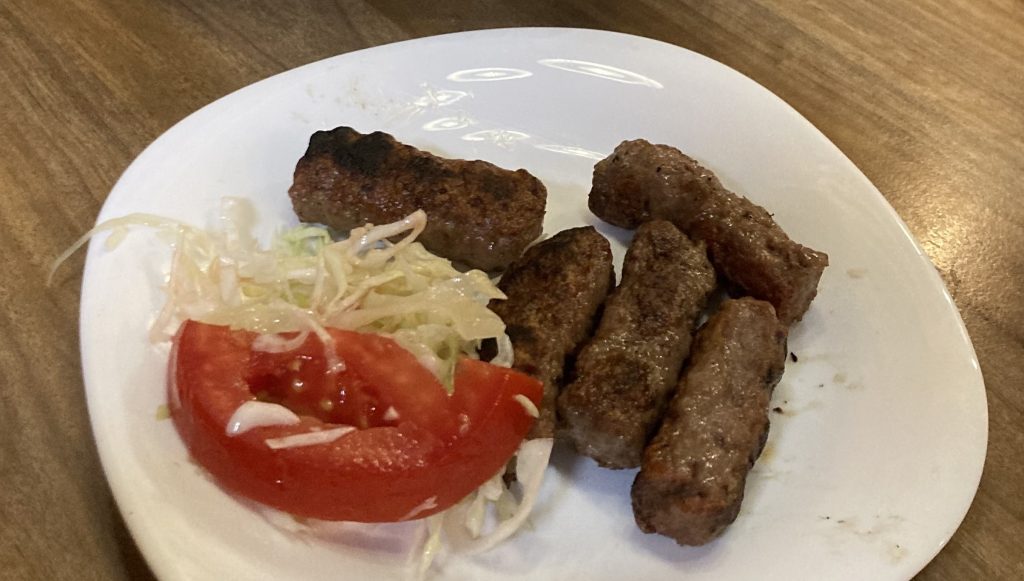
The Balkan coffee enjoyed in Kosovo is largely identical to Turkish coffee and is a fantastic way to wash down a good meal, but in Prishtina, it can sometimes cost café-goers less than a euro per cup.
Prishtina, city of sultans
It’s not only the food that may make British Turks feel at home in Kosovo; centuries of Ottoman history are still on display in present-day Prishtina’s buildings too.
The Ottoman presence in the Balkan country first started in the late 14th century after the army of Sultan Murad I defeated an alliance of Serbian princes and Bosnians in 1389. Though Sultan Murad was killed during the battle, successive Ottoman sultans continued to leave a mark in Kosovo.
Sultan Murad’s son, Bayezid I, also known as “Yıldırım” or the “Thunderbolt” laid the foundations of a new mosque in Prishtina later that year. The mosque, commonly known as the Çarshi or Bazaar Mosque, today sits by the city’s Brotherhood and Unity Square, where a bazaar or market – the mosque’s namesake – had once been.
The Bazaar Mosque, said to be the capital’s oldest existing building, is also a short walk down the street away from two other Ottoman mosques.
One of these, the Imperial Mosque, was endowed in 1461 by the world famous Fatih Sultan Mehmet, or Mehmet the Conqueror, known for having conquered Constantinople in 1453.
Fans of the hit English-language Netflix docudrama Rise of Empires: Ottoman, which follows Sultan Mehmet’s siege of Constantinople in season 1, and his campaign against the rebel ruler of Wallachia Vlad Dracula in season 2, may take delight in visiting yet another important site in the sultan’s life.
The magnificent mosque also keeps to the classical Ottoman architectural style including a cube-shaped structure with a dome and an iconic pointy pencil-like minaret.
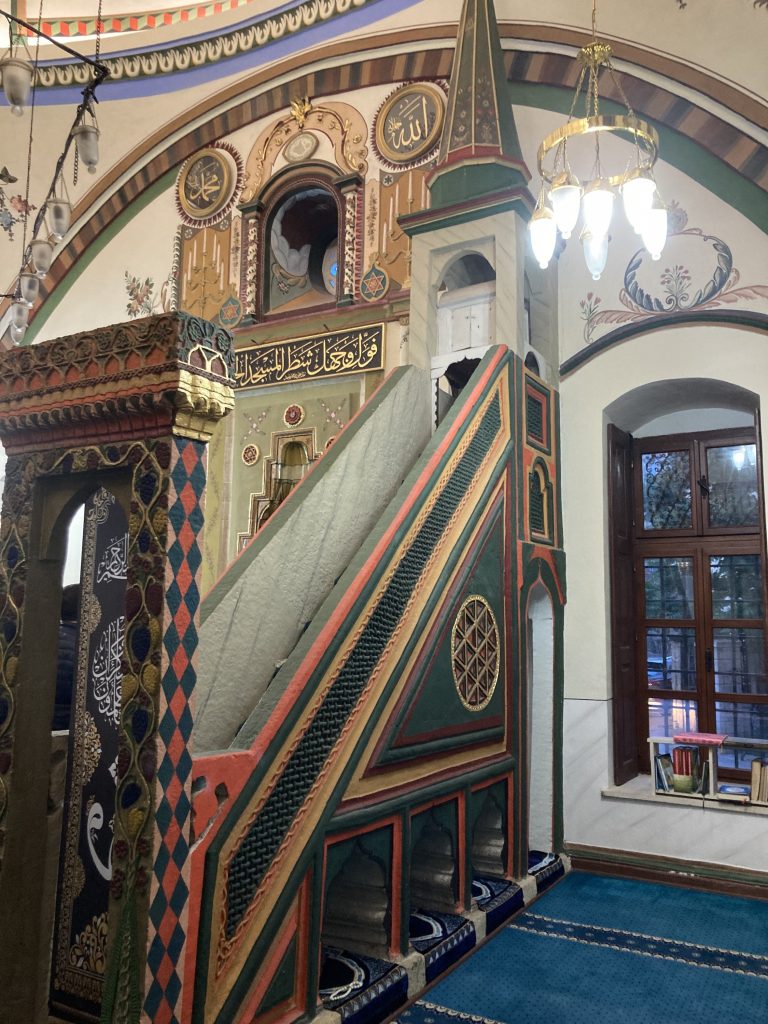
The last of the three mosques, though not founded by a sultan, is Jashar Pasha Mosque. The mosque was built in 1834 by Jashar Mehmet Pasha, a wealthy citizen who would later go on to become the Mayor of Skopje, the capital of present-day North Macedonia.
This house of prayer boasts a splendid painted interior, and an attractive wooden porch area. The pasha established a clocktower nearby too, which though damaged by a fire, was later rebuilt using some of the original bricks, and is still standing today.
Kosovo’s national museum also sits along the same street as these Ottoman wonders. The villa-like building itself was also built during Ottoman rule in the city. Though designed and built by Austrian architects, it was originally commissioned for use by the Ottoman military when it opened in 1898.
Today the museum showcases a variety of artefacts ranging from Kosovo’s ancient period to the Muslim-majority country’s independence from Serbia in 2008.
With so many layers of Ottoman history in one place, to some, parts of Prishtina could appear reminiscent of beloved Turkish cities like Istanbul and Konya.
The next thing to do is book a trip and experience a home away from home!
Main image, top, a panoramic view of the old town in Prizren – Kosovo’s second biggest city – which is full of Ottoman era buildings and heritage, including the Sinan Pasha Mosque shown here, March 2023. Photo © Fans Kurti / iStock


